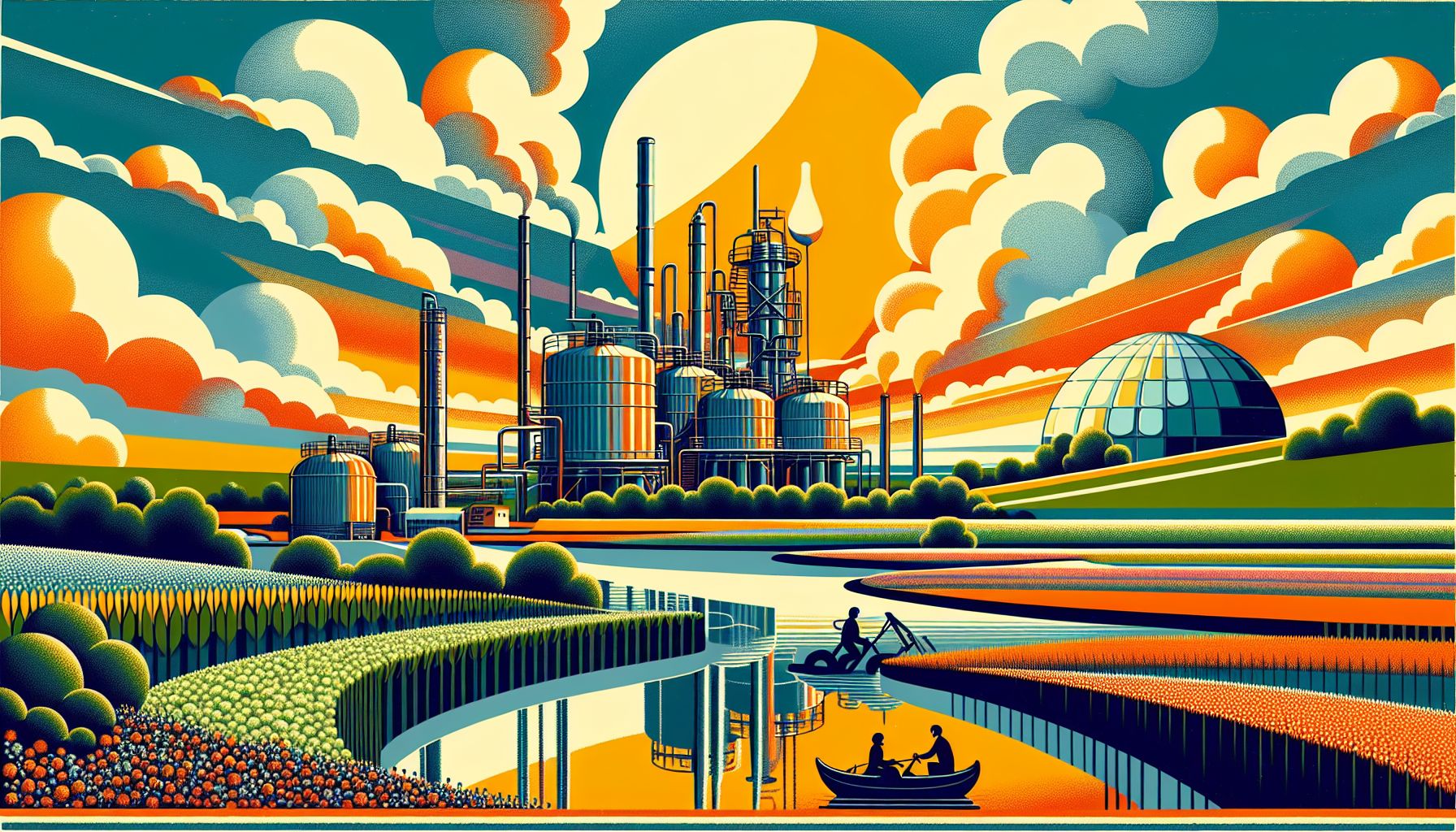New Material Revolutionizes Hydrogen Production from Ammonia

Amsterdam, Wednesday, 15 January 2025.
Dutch scientists have developed a material that efficiently generates hydrogen from ammonia, becoming more effective over time, potentially enhancing green hydrogen solutions and environmental benefits.
Breakthrough at University of Nottingham
Scientists from the University of Nottingham, in collaboration with the Universities of Birmingham and Cardiff, have developed a groundbreaking catalyst using ruthenium nanoclusters that becomes increasingly efficient at producing hydrogen from ammonia over time [1][3]. This remarkable discovery, published in Chemical Science, contradicts typical catalyst behavior which usually degrades with use [1]. The innovative catalyst operates through a solvent- and reagent-free technique that maximizes surface area efficiency [4].
Revolutionary Self-Improving Mechanism
Dr. Yifan Chen, Research Fellow at the University of Nottingham, explains the unexpected finding: ‘We were surprised to discover that the activity of Ru nanoclusters on carbon actually increases over time, which defies deactivation processes typically taking place for catalysts during their usage’ [3][4]. The team observed that ruthenium atoms self-arrange into stable truncated nano-pyramids during high-temperature reactions, enhancing hydrogen production capabilities [1]. This structural evolution maximizes the number of active sites available for the chemical reaction [3].
Environmental Impact and Future Applications
The development is particularly significant for the green energy sector, as ammonia is considered a zero-carbon energy carrier with high volumetric energy density [3]. Traditional hydrogen storage and transport face significant challenges due to hydrogen’s properties, with its boiling point at -252.882°C [2]. This new catalyst could help overcome these obstacles by enabling more efficient hydrogen extraction from ammonia, which is much easier to store and transport [1]. Professor Andrei Khlobystov from the research team emphasizes that ‘This discovery sets a new direction in catalyst design by showcasing a stable, self-improving system for hydrogen generation from ammonia as a green energy source’ [3].
Research Impact and Support
The research is funded through the EPSRC Programme Grant ‘Metal atoms on surfaces and interfaces (MASI) for sustainable future,’ focusing on developing sustainable catalyst materials for carbon dioxide, hydrogen, and ammonia conversion [3]. This advancement in heterogeneous catalysis demonstrates significant progress toward creating more sustainable and efficient hydrogen production methods [4]. The University of Nottingham has further strengthened its commitment to green technologies through the launch of the Zero Carbon Cluster in the East Midlands [3].

